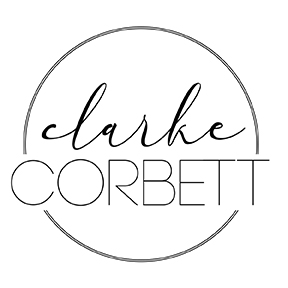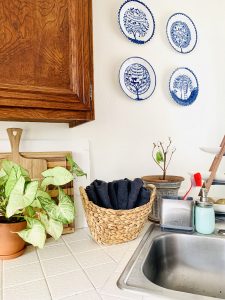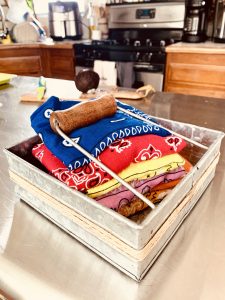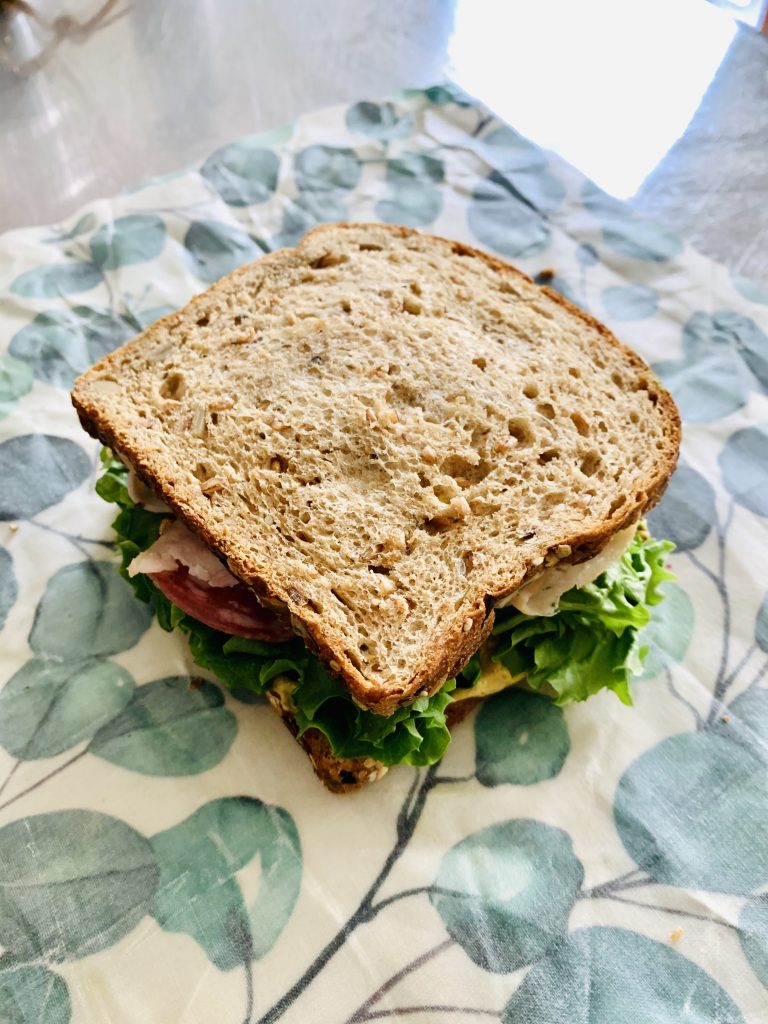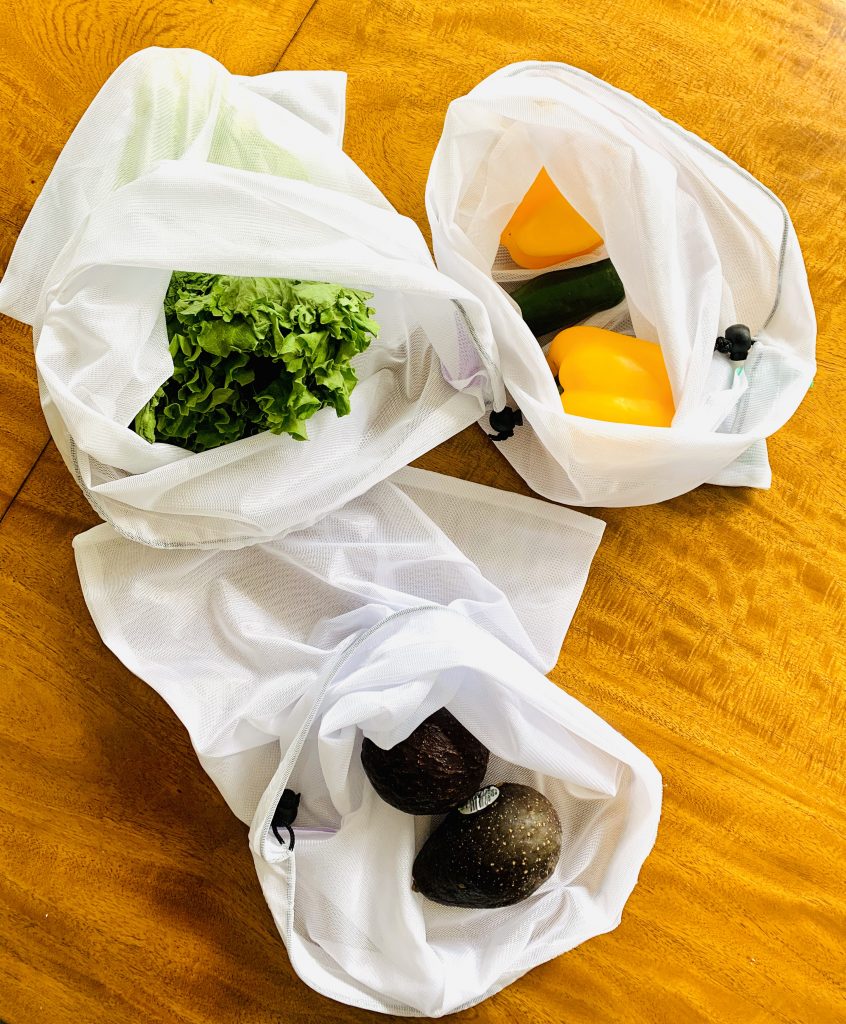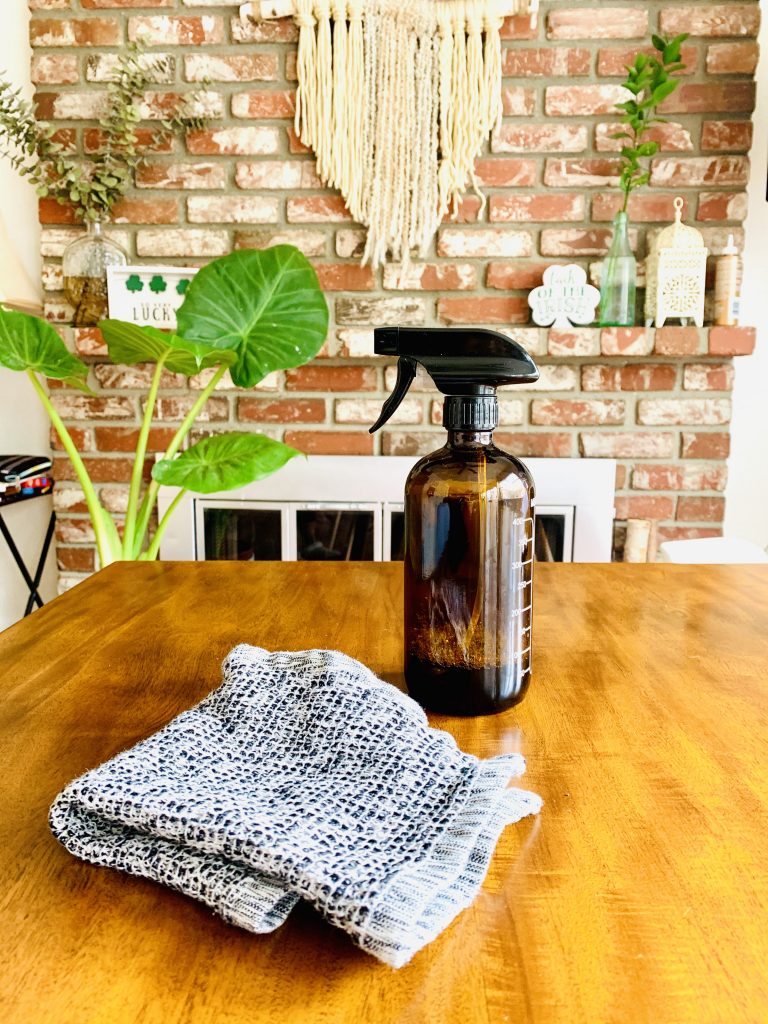Just before the whole world went into a widespread lockdown due to COVID-19, I had the opportunity to speak to high school students about how my family tries to minimize our waste on a daily basis. I shared many of my “swaps” outlined in my previous post, talked about the beach clean-ups we do, and gave examples of how we do our best to be more “green.” One of the first questions I received was…
where do I start?
The simple starting point is this: know your WHY. I take the extra step to keep mother earth top of mind when making many choices because… I can. Being privileged in many respects, has afforded me many conveniences that I take for granted. Acknowledging the my conveniences really broke down an easy starting point for our family.
For example, my kids like pretzels. I have 3 kids, and 3 lunches to pack each day. I felt justified in purchasing small portioned packages of pretzels to throw into their lunch boxes, versus buying one large bag and placing a small portion in their already sectioned lunch box. “It’s too many steps. These are easier,” I told myself. But was it really? I was loosing maybe 30 seconds in my day, which then would amount to 3 more pieces of non-biodegradable trash in a landfill for the day…24 if you count the whole box of snack bags (plus the box).
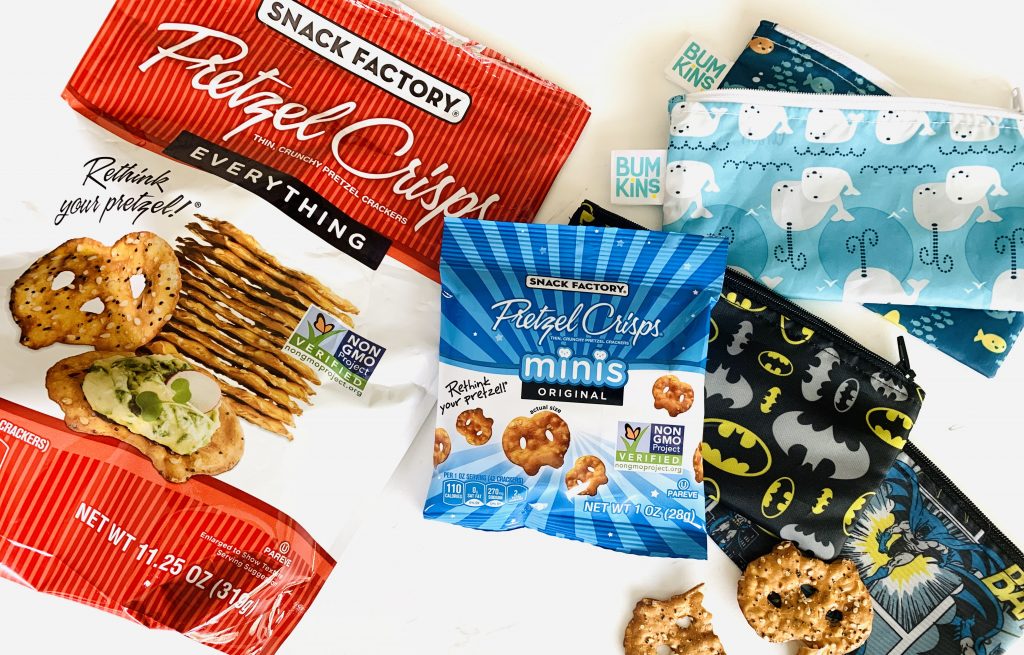
I put them in both the dishwasher and the laundry. The kids love the fun patterns.
That was one of my first steps. I just stopped buying things that were out of convenience. I mean…not completely. By no means do I see myself as a totally pure environmentally conscious person. I do know that I am more conscious than the average person, and I work on that everyday. You can too. So, let’s get you started!
don’t overwhelm yourself
Start with one or two things you can do to reduce your waste, then add on accordingly. When you try to completely upend your lifestyle to be “granola,” it will likely work like a trend versus a change in habit. Here are a few things you can try to get started:
- Review your city’s recycling program. Truth is, most of the stuff that you throw into your recycling bin doesn’t actually get recycled. I’m sure it feels so much better throwing items into a recycling bin than the trash, but save your recycling center time and energy by only sending them what they can use. There are many different grades of plastic, and only certain ones are able to be recycled at the typical recycling plant. If you look at the bottom of your gallon milk jug and note the number within the recycling symbol, you’ll notice its different from the one at the bottom of the plastic container your strawberries came in. Check with your local recycling center and see what numbers they will take for plastics and if they recycle glass or aluminum. You will be surprised how much actually isn’t being recycled!
- Reuse. Reuse. Reuse. As noted, we are not a pure eco family. We do our best. So, as much as I HATE buying tubs of yogurt in plastic containers, I find a way to reuse them at least 3 different times before finally recycling them. Same goes with glass pasta or jam jars. There are plenty of ways to repurpose them, and I absolutely LOVE doing this. Much to my husband’s chagrin, we have a pretty sizable supply of items to reuse in our garage. Truth is, he actually uses glass jars to store nails, zip-ties and what-not in his toolbox. For me, there’s nothing more satisfying than sending family and friends home with leftover food from a party in empty sour cream tubs. Eventually I plan to be better about removing labels off of jars, but I have so many. For now, they are like badges for my eco-consciousness.
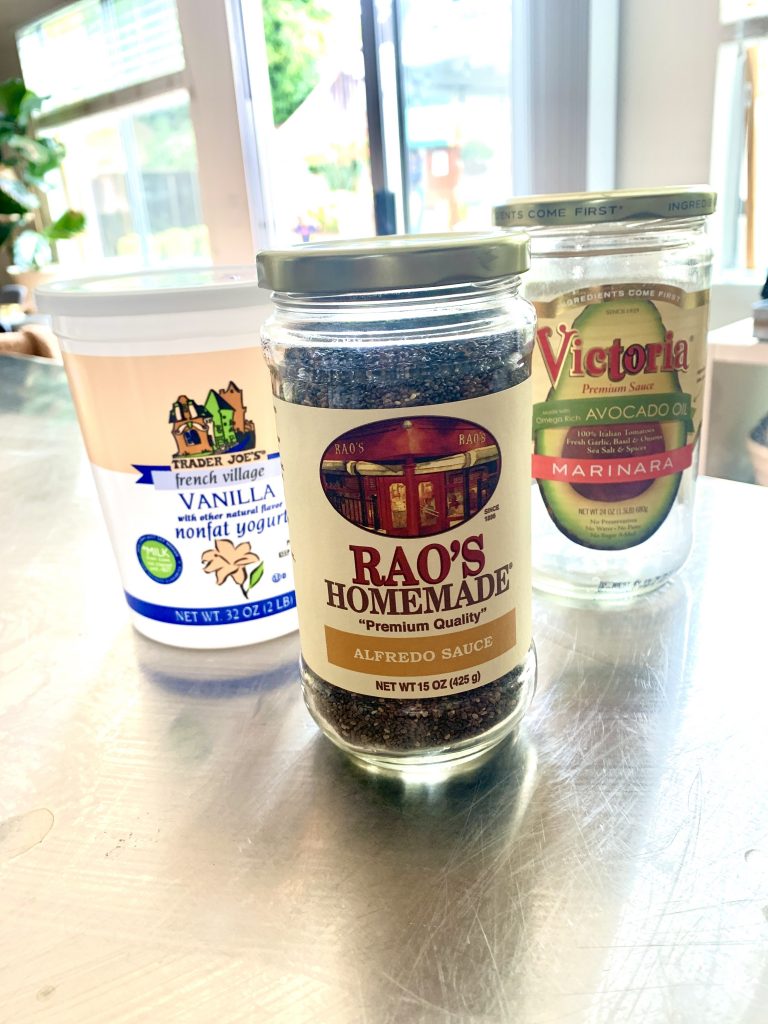
- Choose things with less packaging. I try to always pick the lesser of two evils. For example, you go to the market and there’s a freshly baked muffin wrapped in plastic wrap. Next to it is a branded plastic bag of cute bite-sized muffins. I would pick the muffin with the plastic wrap because of the minimal packaging (also, the fresh one is probably better anyway).
- Glass or paper over plastic. In our house, plastic is the enemy. As much as possible, I avoid buying it unless I know for certain it will have a long life in our home. It will almost always cost more to purchase things that are either packaged with glass or paper/cardboard, so we do our best to avoid plastic (see above reference to plastic yogurt tubs). I have stainless steel drinking glasses for my kids instead of plastic, we use glass “Tupperware” over plastic, and use bamboo plates and utensils for birthday parties.
- Stop being lazy. Yes, I said it. We have SO MANY conveniences in our lives, we don’t even realize it. One of the hardest swaps for me was coffee. I stopped buying Keurig coffee pods, and invested in a reusable pod that I would place freshly ground coffee in. Eventually, I stopped using the Keurig after realizing it was actually easier to just make a pot of coffee in a drip coffee pot, with a reusable filter. Tastes way better and saves a lot of money in the long run.
show yourself some grace.
Look, any changes in habit you do – even if its just ONE thing, does make an impact. One less thing you do that adds to the degradation of the earth is, simply one thing, but it is the start of hundreds of things you can do to create a new habit. Make the choice to do that, and don’t beat yourself up if you mess up. I can’t tell you how many times I have forgotten my reusable bags when shopping (or not have enough) and cringe when I know I need the plastic grocery bag I’m offered. It happens, just do your best to get back on track! Now, where are you going to start?
